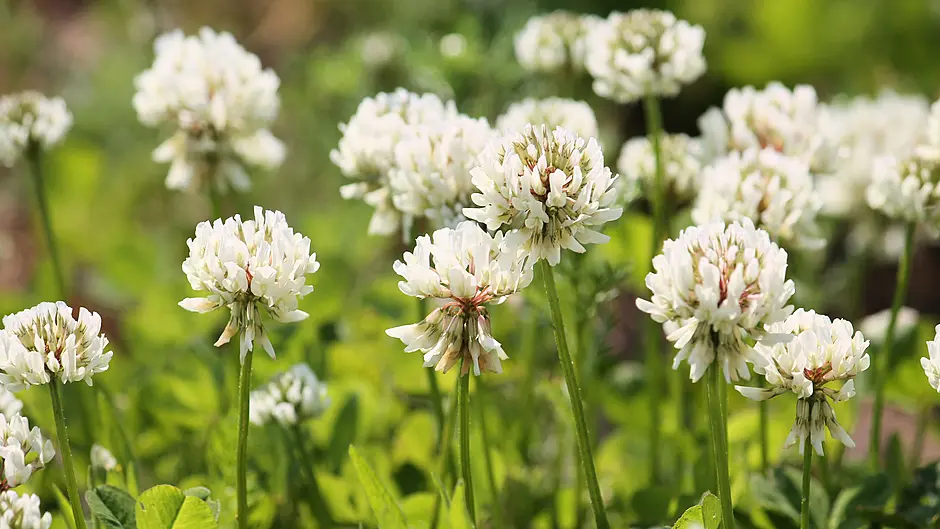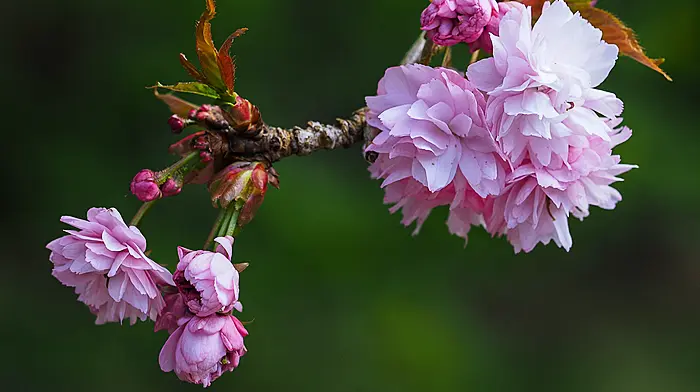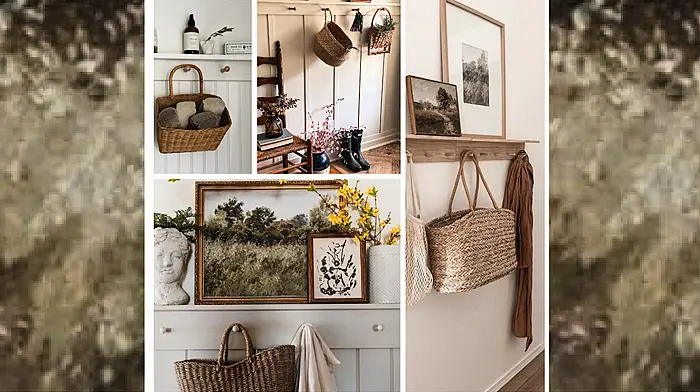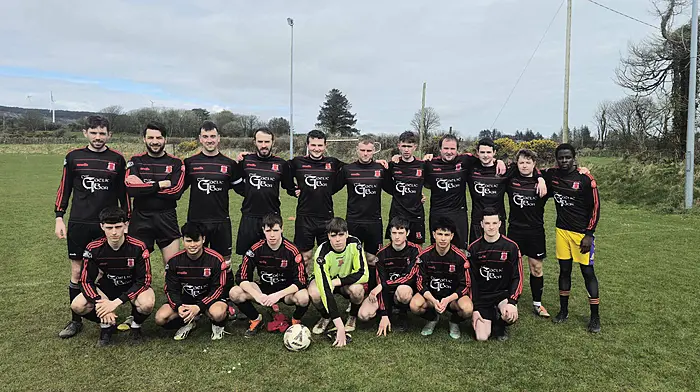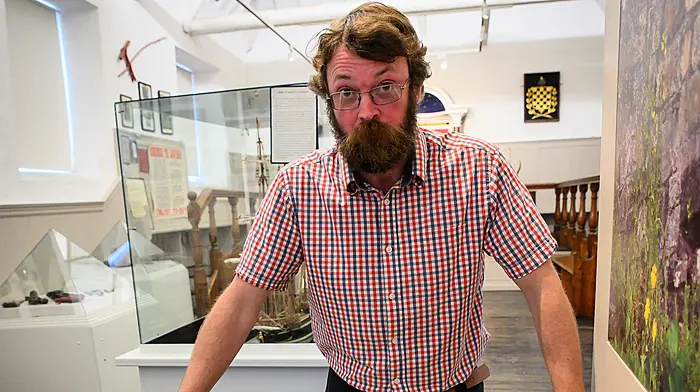THE importance of adopting clover methods to increase profitability and sustainability on farms has been emphasised following a review of Teagasc’s grass/clover and multi species swards research programme.
The research, conducted by DCU in collaboration with Teagasc, compares the performance of perennial ryegrass swards with perennial ryegrass/legume swards (ryegrass/white clover for grazing and ryegrass/red clover for silage production) and multispecies swards (grasses that include perennial ryegrass, Cocksfoot, Timothy; legumes that include red and white clover; herbs that include Chicory and Plantain).
The impacts of the differing sward types on herbage production, animal performance, environmental sustainability and farm profitability with dairy cows, beef cattle and sheep have been assessed across a range of different levels of chemical N fertiliser levels.
Reducing chemical nitrogen (n) fertiliser use has been highlighted as a method to reach the government’s target, set out in the Climate Action Plan, to reduce greenhouse gas emissions from agriculture by 25% by 2030.
Reducing fertiliser N levels has the potential to, not only reduce the level of greenhouse gas emissions from Irish agriculture, but also to reduce pasture production at national level resulting in increased purchased feed requirement. However, reducing chemical N has the potential to improve farm profitability where biologically fixed nitrogen from legumes replaces chemical nitrogen.
The review of the programme was commissioned to determine the key findings to day, and to ensure that advisory messages for farmers were being adopted from across the full research programme.
The review highlighted that perennial ryegrass/white clover swards managed appropriately have the potential to maintain pasture dry matter production, increase animal performance, reduce greenhouse gas emissions, and increase farm profitability.
It concluded that a perennial ryegrass/white clover sward receiving 100 kg per hectare less chemical nitrogen, produced similar pasture production to that of a perennial ryegrass only sward.
This was based on the perennial ryegrass/white clover sward having on average 20 to 25% white clover over the grazing season.
The biggest challenge identified at farm level was the establishment and maintenance of the white clover content.
In addition to the fertiliser replacement effect, livestock grazing perennial ryegrass/white clover swards had higher milk production/live weight gain. Together with savings on fertiliser, this resulted in higher farm profitability.
There was evidence that perennial ryegrass/white clover swards emitted lower nitrous oxide, thereby lowering GHG emissions, with research in relation to nitrate leaching at an early stage. The results also indicated that risk of bloat was relatively low where average white clover content over the grazing season was maintained at 20 to 25%, but vigilance is required.
However, in situations where clover content was higher than 30%, and/or herbage dry matter content was low, the risk of bloat was much greater and, in these situations careful monitoring of livestock as well as use of preventative measures is required.

